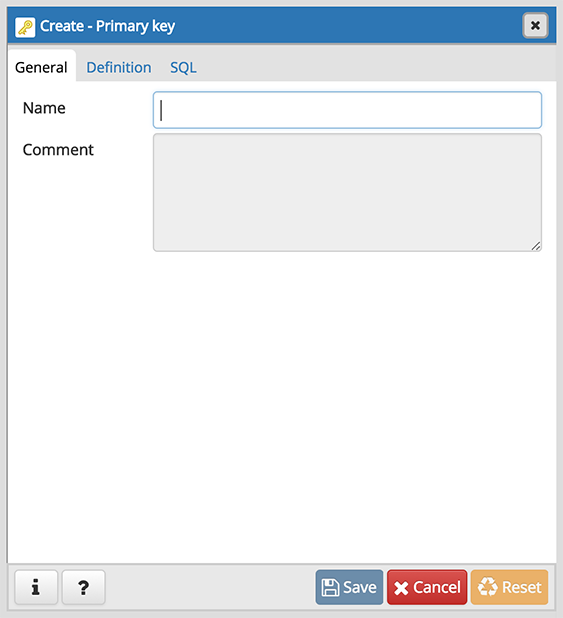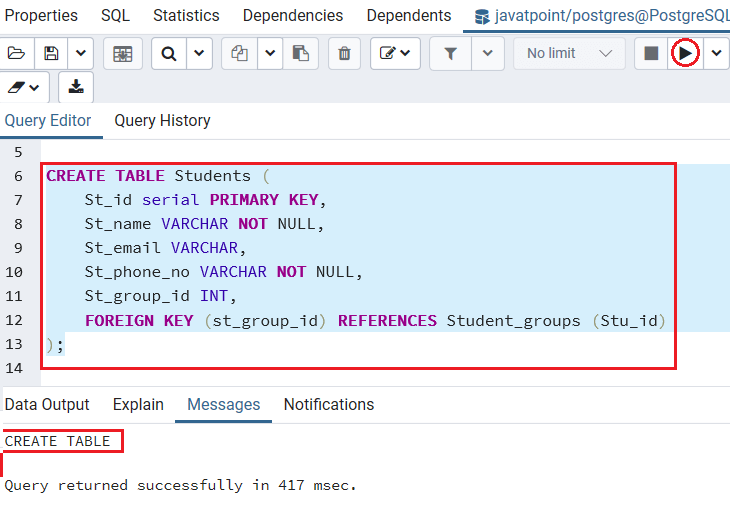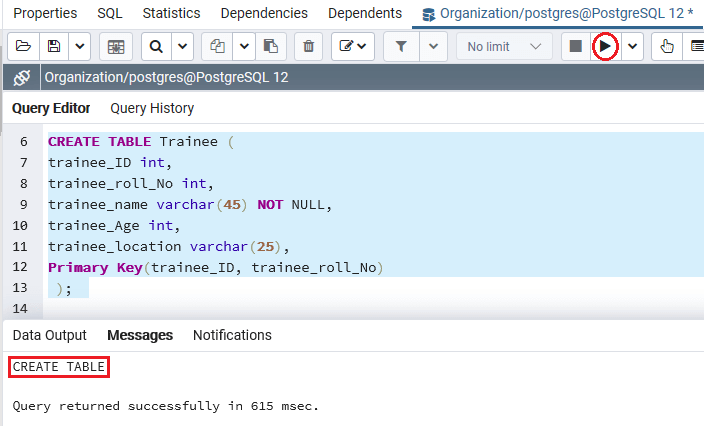

Partitions may themselves be defined as partitioned tables, resulting in sub-partitioning. Updating the partition key of a row will cause it to be moved into a different partition if it no longer satisfies the partition bounds of its original partition. All rows inserted into a partitioned table will be routed to the appropriate one of the partitions based on the values of the partition key column(s). Each partition stores a subset of the data as defined by its partition bounds. Instead, the storage belongs to partitions, which are otherwise-ordinary tables associated with the partitioned table. The partitioned table itself is a “ virtual” table having no storage of its own.
Postgresql appily 2 primary keys plus#
The declaration includes the partitioning method as described above, plus a list of columns or expressions to be used as the partition key. The table that is divided is referred to as a partitioned table. PostgreSQL allows you to declare that a table is divided into partitions. Such methods offer flexibility but do not have some of the performance benefits of built-in declarative partitioning.

If your application needs to use other forms of partitioning not listed above, alternative methods such as inheritance and UNION ALL views can be used instead.

Each partition will hold the rows for which the hash value of the partition key divided by the specified modulus will produce the specified remainder. The table is partitioned by specifying a modulus and a remainder for each partition. The table is partitioned by explicitly listing which key value(s) appear in each partition. For example, if one partition's range is from 1 to 10, and the next one's range is from 10 to 20, then value 10 belongs to the second partition not the first. Each range's bounds are understood as being inclusive at the lower end and exclusive at the upper end. For example, one might partition by date ranges, or by ranges of identifiers for particular business objects. The table is partitioned into “ ranges” defined by a key column or set of columns, with no overlap between the ranges of values assigned to different partitions. PostgreSQL offers built-in support for the following forms of partitioning: The exact point at which a table will benefit from partitioning depends on the application, although a rule of thumb is that the size of the table should exceed the physical memory of the database server. These benefits will normally be worthwhile only when a table would otherwise be very large. Seldom-used data can be migrated to cheaper and slower storage media. These commands also entirely avoid the VACUUM overhead caused by a bulk DELETE. Dropping an individual partition using DROP TABLE, or doing ALTER TABLE DETACH PARTITION, is far faster than a bulk operation.

When queries or updates access a large percentage of a single partition, performance can be improved by using a sequential scan of that partition instead of using an index, which would require random-access reads scattered across the whole table.īulk loads and deletes can be accomplished by adding or removing partitions, if the usage pattern is accounted for in the partitioning design. Partitioning effectively substitutes for the upper tree levels of indexes, making it more likely that the heavily-used parts of the indexes fit in memory. Query performance can be improved dramatically in certain situations, particularly when most of the heavily accessed rows of the table are in a single partition or a small number of partitions.


 0 kommentar(er)
0 kommentar(er)
